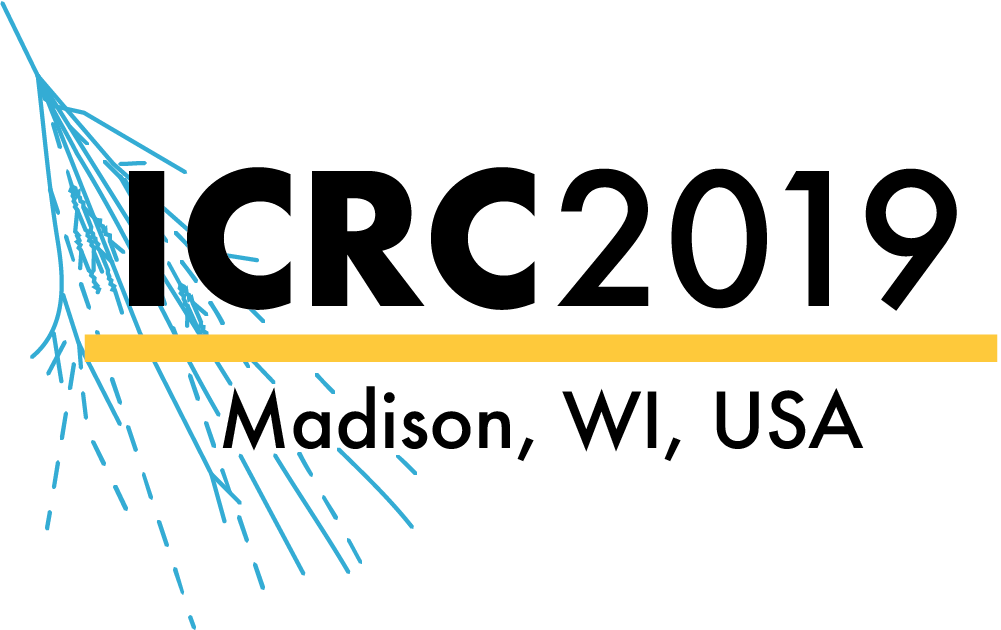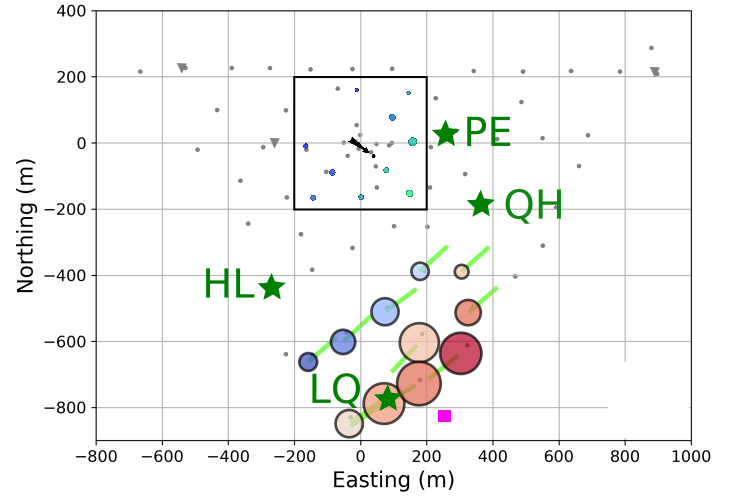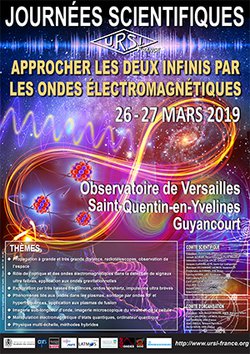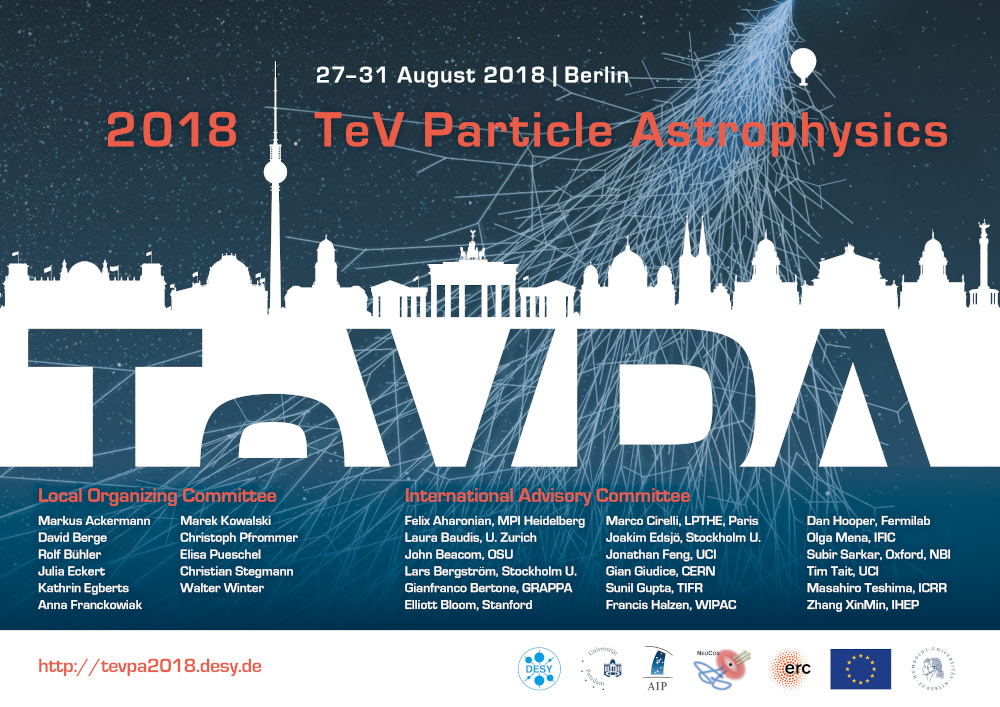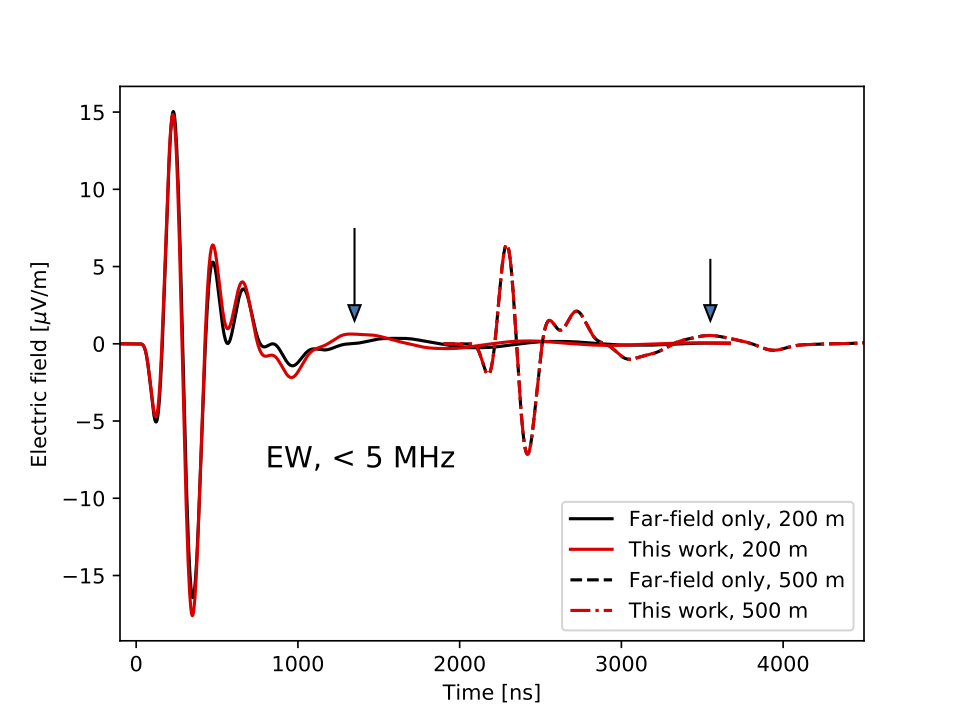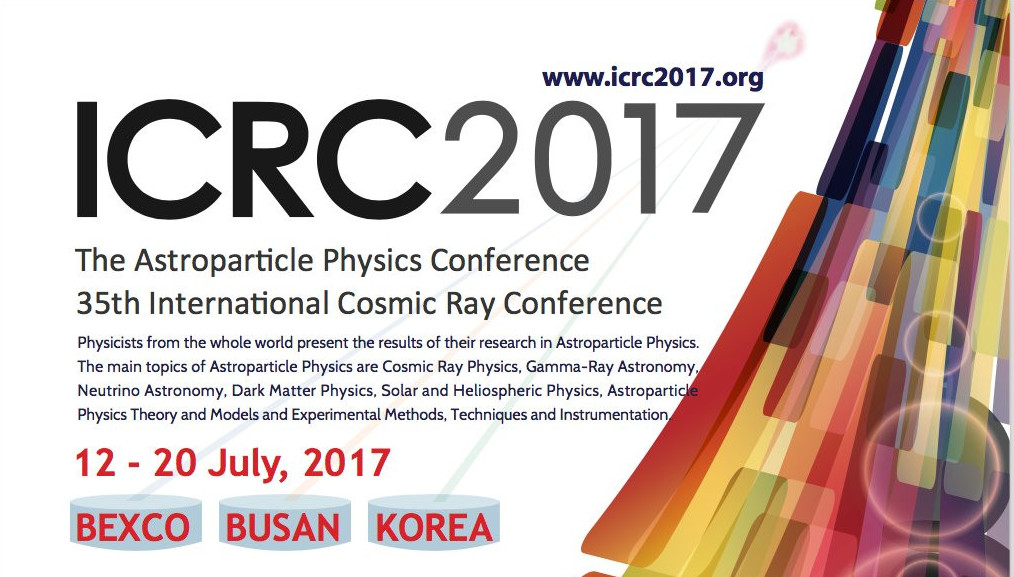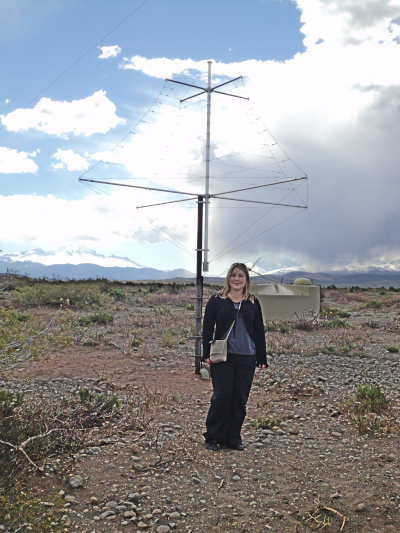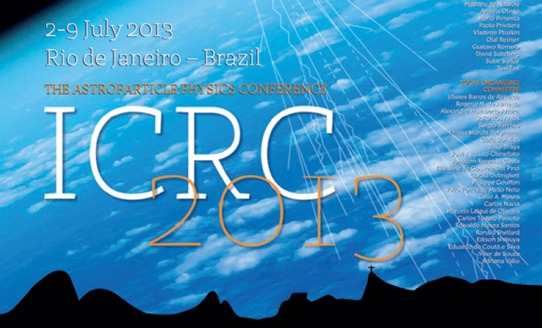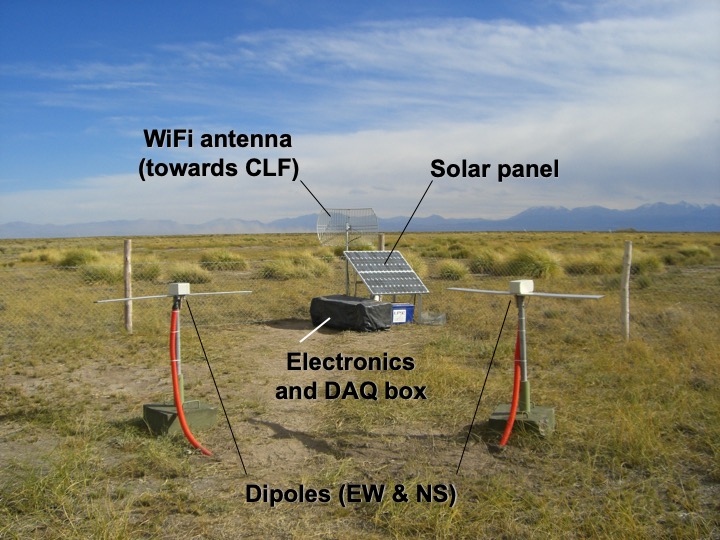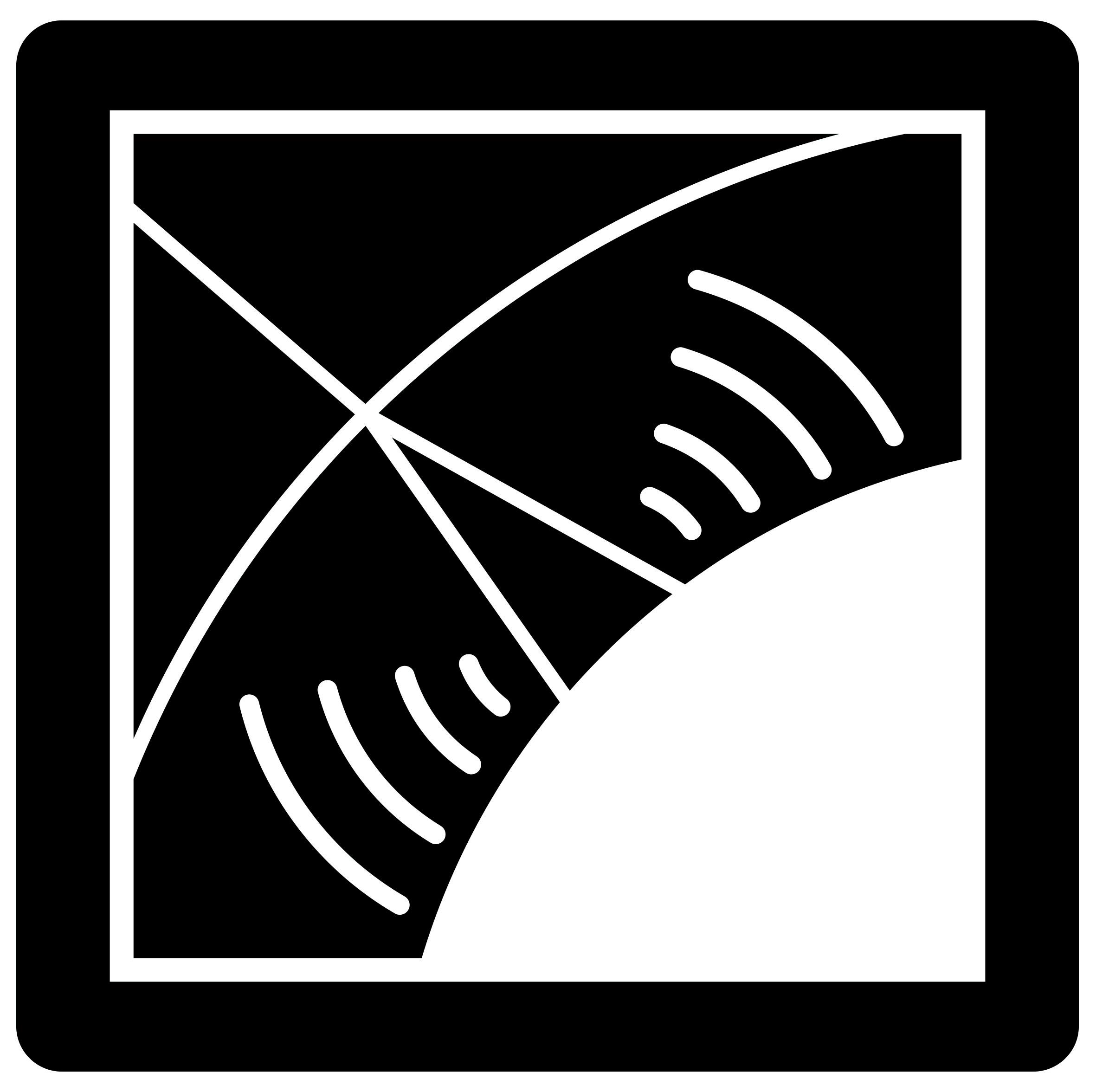On the 13th of October 2014, Jennifer Maller defended his thesis on the following subject: Characterization of radio transient signals at the Pierre Auger Observatory. Jennifer analyzed the first data from the AERA antenna array. The summary of his document is the following :
After more than a century of studies, one of the challenging questions related to ultra-high energy cosmic rays concerns their nature, which remains unclear. Improving the knowledge about the composition of cosmic rays will permit to constrain the models concerning their origins and the production mechanisms in the astrophysical sources.
Continue reading

